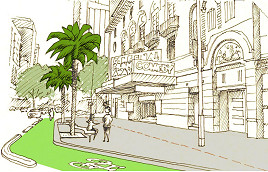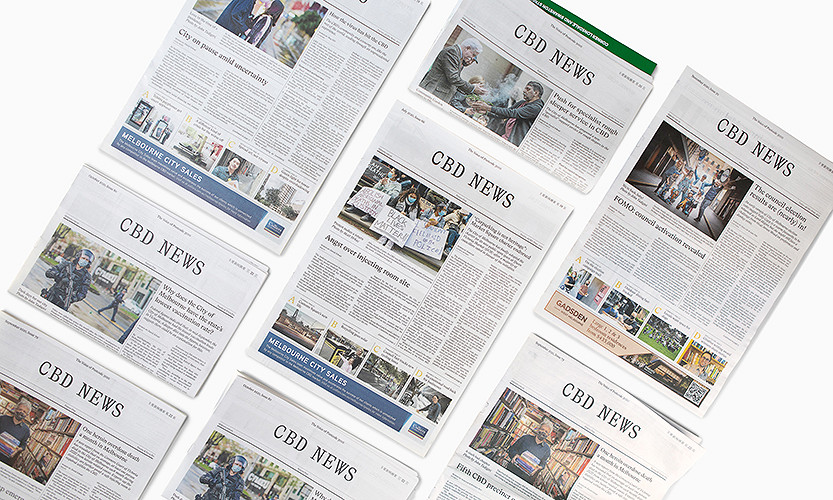Let’s not lose more lanes
While our experience of Melbourne’s laneways today is often as places for hidden bars, cafes, and canvases for our favourite street artists, a hidden history also lies in wait down many. Here’s just a small sample to prompt your own exploration.
Take St Johns Lane and St Patricks Alley, across from each other in the west end of Little Bourke St. They’re both unremarkable looking, but in 1846 they were sites of sectarian tension unimaginable to present generations of Melburnians.
In a move designed to incite reaction, Irish protestants hosted a banquet and hung banners celebrating the Battle of the Boyne at a pub on the corner of St Johns, opposite a Catholic pub facing St Patricks.
After a near riot outside and a brief exchange of gunshots, the Lord Mayor called redcoats in with bayonets fixed to end the fracas, restoring calm across the city only with a reading of the riot act and martial law.
Coverlid Place further down Little Bourke St might not seem like much more than a seedy lane of bins and a pool hall now, but in 1889 it functioned as the rear entrance of the Golden Fleece Hotel, meeting place of political radicals and anarchists, many of whom had fled repression in Europe in the preceding decades.
Coincidentally, a former warehouse at the end of the lane, now painted blue and recently for sale, was built in the same year as the 1871 Paris Commune.
Howey Place, now home to a number of upscale fashion stores and cafes, is a physical reminder of the extraordinary Coles Book Arcade that once spilled out onto it and under the cast iron roof put there by Coles in the late 1890s.
With its vast collection of books and ornaments from across the world, a policy of allowing people to read for as long as they liked without buying and pamphlets and lectures promoting world peace and equality, Coles championed the progressive outlook we now take for granted in our city.
While none of the lanes mentioned above are in immediate danger, almost a dozen others have been sold, or had their destruction by developers approved in recent years by the City of Melbourne – most recently bluestone Griffin Lane in the storied Little Lon Precinct.
We can’t afford to lose any more of this tangible history from the map, or from the flaneurial experience of our city, if we want to remember small stories that matter.

Council endorses office tower at Flinders Lane despite querying car park demolition



 Download the Latest Edition
Download the Latest Edition